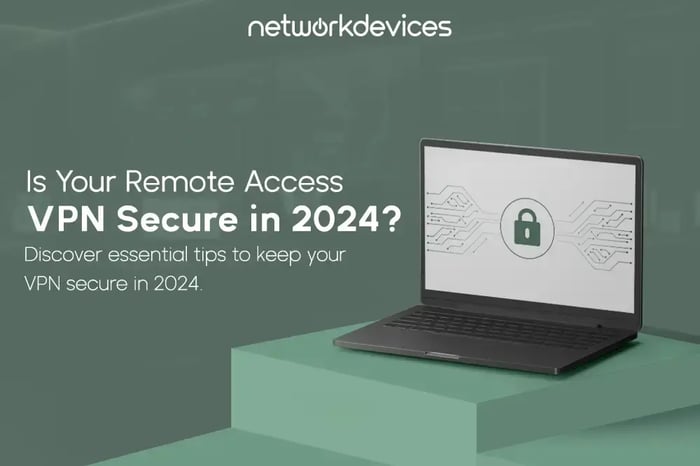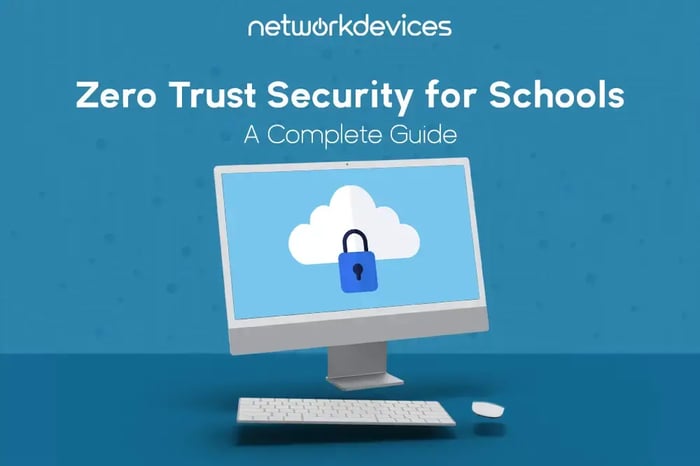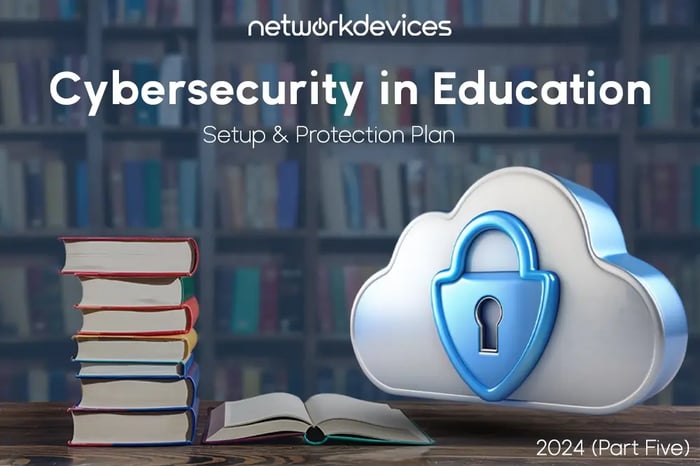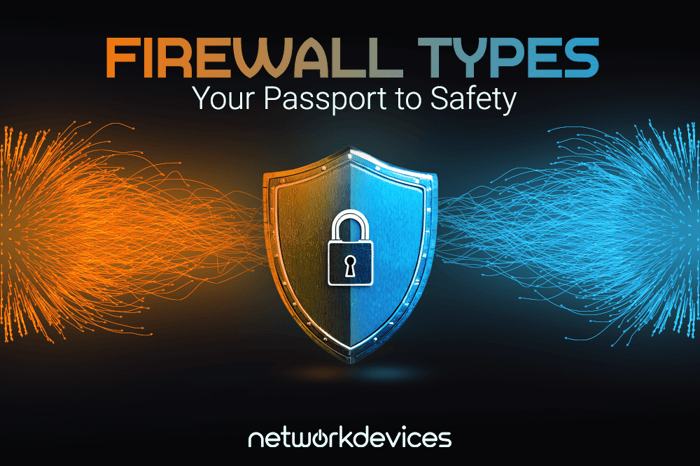You have no items in your shopping cart.

Is Your Remote Access VPN Secure in 2024?
Remote Access VPNs are pivotal in supporting today’s remote and hybrid work environments. However, recent research by the cybersecurity firm At-Bay reveals that remote access is behind 58% of ransomware attacks in 2023.
With vulnerabilities continuing to affect even leading VPN providers, it's critical to understand how to secure Remote Access VPNs effectively.
In this article, we will discuss how VPNs enable businesses to manage access and control needs while maintaining the confidentiality, integrity, availability, and overall security of their data resources.
Critical VPN Vulnerabilities in 2024
For consecutive years, leaders in the Gartner Magic Quadrant for Next-Generation Firewalls (NGFW) have been among the top enterprise and commercial Remote Access VPN solution providers for corporate and enterprise businesses. These cybersecurity giants reported major critical Remote Access VPN vulnerabilities in 2024.
1. The globally renowned cybersecurity company Checkpoint Software experienced a major RA VPN critical vulnerability, CVE-2024-24919, that potentially allows an attacker to read specific information on Internet-connected Gateways with remote access VPN or mobile access enabled. Later, a software patch (Hotfix Take) was released to mitigate the vulnerability.
2. Another cybersecurity legend, Paloalto, experienced a massive critical SSL VPN (Global Protect) vulnerability that enabled an unauthenticated attacker to execute arbitrary code with root privileges on the firewall. The CVE-2024-3400 had a 10/10 severity score.
3. The all-time leader in the Gartner magic quadrant for NGFW, Cybersecurity firm Fortinet, also reported severe exploitable vulnerabilities in their remote access VPN solution. The CVE-2024-21762 allows a remote, unauthenticated cyber adversary to execute arbitrary code or command via specially crafted HTTP requests. The CVE received a CVssV3 score of 9.6 and was declared critical.
Understanding Remove Access VPNs
Remote Access (RA) VPNs, including SSL VPNs, create encrypted tunnels allowing secure access to corporate resources from any location.
VPN encryption protects data in transit and maintains data integrity, enabling safe operations in public or home networks. However, VPNs face critical security challenges that organizations must address to preserve robust cybersecurity defenses.
Key Benefits of Remote Access VPNs
- Enhanced Security: RA VPNs use advanced encryption methods to protect data, ensuring that sensitive information remains secure during transmission.
- Flexibility: Employees can securely access company resources from anywhere, supporting remote work and flexible working arrangements.
- Cost-Effective: By enabling remote access, businesses can reduce the need for physical infrastructure and lower operational costs.
- Scalability: RA VPNs can easily scale to accommodate growing business needs, allowing organizations to add or remove users without significant changes to the infrastructure.
How Does Remote Access VPN Provide Access and Security?
Remote access VPNs create an encrypted tunnel over the SSL protocol from the client device to the remote server or resources, ensuring data confidentiality, integrity, and availability. This encryption process hides the client's original identity, preventing the client's details from being intercepted or interpreted.
To protect and secure data, VPNs use various encryption and hash algorithms such as AES (Advanced Encryption Standard), SHA (Secure Hash Algorithm), and MD5 (Message Digest Algorithm 5). These algorithms provide robust encryption and integrity checks, ensuring data remains secure during transmission.
Remote access VPNs employ several tunneling protocols to establish secure connections:
- L2TP (Layer 2 Tunneling Protocol): Created based on an intranet or L2 link, L2TP provides a secure tunnel for data transmission within a private network.
- IPsec (Internet Protocol Security): Used with both L3 and L2 links (Internet and Intranet), IPsec provides comprehensive security services, including authentication, encryption, and integrity checks.
By utilizing these encryption algorithms and tunneling protocols, remote access VPNs ensure that data transmitted between the client and server is secure and protected from unauthorized access or interception.
This enables organizations to maintain high security for remote connections, safeguarding sensitive information and ensuring reliable access to network resources.
Why VPN Security Matters in 2024?
Recent At-Bay research reveals a troubling trend: organizations using self-managed VPNs were 11 times more vulnerable to ransomware attacks than those on cloud-managed VPNs. Self-managed solutions carry higher risks due to potential misconfigurations and outdated patch management.
Organizations need a multi-layered approach that includes advanced encryption, secure tunneling protocols, and multi-factor authentication (MFA) to combat these risks. While VPNs are essential for remote work, they alone are not enough; companies must strengthen VPN security with additional measures.
Strengthening Remote Access VPNs: Best Practices for 2024
On June 18, 2024, the Cybersecurity and Infrastructure Security Agency (CISA), in collaboration with the Federal Bureau of Investigation (FBI) and the Canadian Center for Cybersecurity (CCCS), issued joint guidance on Modern Approaches to Network Access Security urging business owners of all sizes to adopt more robust security solutions, such as Zero Trust, Secure Service Edge (SSE), and Secure Access Service Edge (SASE).
These solutions provide greater visibility of network activity. Additionally, the guidance helps organizations better understand the vulnerabilities, threats, and practices associated with traditional remote access and VPN deployment and the inherent business risks of remote access misconfigurations.
1. Adopt and Implement the Patch Culture
Update and apply security patches regularly to VPN software and underlying systems to address vulnerabilities and protect against emerging threats. This practice ensures that known security flaws are fixed and reduces the risk of exploitation.
2. Integrate Remote Access VPN with Multi-Factor Authentication (MFA)
Enhance VPN security by requiring multiple forms of authentication, such as a combination of passwords and one-time passcodes (OTPs). Multi-factor authentication (MFA) adds an extra layer of security, making it more difficult for unauthorized users to gain access.
3. Integrate Zero Trust Network Architecture (ZTNA)
Implement a Zero Trust model, which operates on the principle of “never trust, always verify.” This approach requires continuous verification of user identities and device integrity, regardless of whether the user is inside or outside the corporate network.
4. Adopt and Implement Secure Access Service Edge (SASE) Solution
Utilize SASE, a cloud-native framework that combines network security functions like secure web gateways and firewall-as-a-service with wide-area networking capabilities. SASE provides enhanced security and scalability for remote access by integrating these functions into a single service.
5. Continuous Monitoring and Assessment
Continuously monitor VPN traffic and network activity for unusual behavior or potential threats. Regular assessments, including vulnerability scans and penetration testing, help identify and address security weaknesses before they can be exploited.
6. Implement Identity Access and Privileged Access Management Solutions
Use Identity and Access Management (IAM) and Privileged Access Management (PAM) solutions to control and monitor access to critical systems. IAM ensures proper user authentication and authorization, while PAM manages and secures privileged accounts to prevent unauthorized access and misuse.
The Future of Remote Access VPNs
Remote Access VPNs will continue to play a vital role in securing remote work, but future trends will require more sophisticated protections. Integrating technologies like Zero Trust, SASE, and MFA will be essential to secure remote networks as the threat landscape evolves.
Organizations should adopt a proactive, multi-layered approach to VPN security to address emerging cyber threats and ensure that remote access remains secure and resilient.






